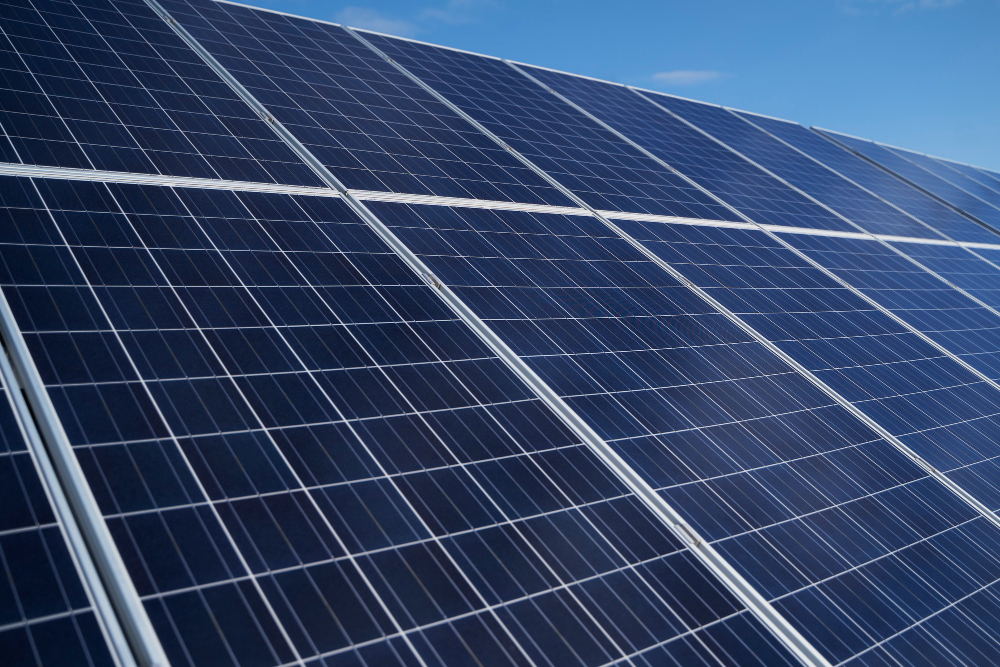
Knowing the average cost per watt is helpful, but what does $3.05/watt actually mean for you? The cost of installing solar for your house or business depends on how much electricity you want to generate – a bigger system will cost more because you’ll need to buy more equipment and more labor will be needed to install it. Below are some average quotes for solar energy systems by size:

These prices reflect the cost of a solar energy system both before AND after deducting the federal solar tax credit (known as the ITC), which reduces your solar system cost by 30 percent. Some states, local governments, and utilities also offer rebates and other tax incentives that can further reduce the solar system costs.

Varying costs per watt means that the total installation price of solar panels also varies state to state: Remember, while bigger solar power systems may cost more, they also should result in more savings. If you need to install a 10kW solar energy system to cover all of your electricity use, you might have to pay more out of pocket, but you’ll be cutting a significant monthly expense – your utility bill – and saving more money as a result. The biggest takeaway from this data isn’t that some states are “better” than others when it comes to solar prices: it’s that solar panel cost is low and affordable across the board.
Almost every state falls within a $0.50 cent margin of the $3.05 per watt national average for 2019. An additional takeaway is that many of the top 10 solar states in the U.S. for installed solar capacity are higher than the national average for cost per watt (including the nation’s leader, California). Clearly, solar isn’t only worth it in the regions of the United States where costs are extremely low – there is a healthy trend of adoption across the states without direct correlation to lowest cost per watt.
Many homeowners are wondering how much a single solar panel costs as a way to understand the overall breakdown of their system or to calculate estimates for DIY solar projects. The simple answer is that it depends on the amount of leverage a buyer has, the type of panel, and the size of the system. For example, because solar installers have direct relationships with distributors and can buy in bulk, they can often purchase solar panels at a rate much lower than the average consumer.
Solar companies can typically get a single solar panel at a price of $0.75 per watt. Therefore, if the solar panel output is 250 watts, that single panel might cost you $187.50. However, if a homeowner is trying to buy one or two panels on their own for a small DIY project, they will likely pay closer to $1 per watt. That means the same solar panel could cost closer to $250. For those looking for a range for the cost of panels, it will run from as low as $0.85 per watt to $1.25 per watt with output ranging from 150W to 350W for a typical solar panel.
If those numbers seem low, remember that an installation has added costs thanks to the inverters, solar batteries and other additional equipment needed for a complete solar energy system. Overall, there’s no question that the equipment will be significantly cheaper when working with a solar installer rather than trying to find a deal online as a consumer.
A solar quote contains the all-in price that you’ll be expected to pay when you install a solar energy system. But where do those costs come from? First, there’s the equipment. Not all solar panels (or inverters) are created equal, and more efficient equipment comes with a higher price tag.
More efficient, higher-quality equipment comes with benefits that may be worth the added cost, however: better hardware can produce more electricity with the same amount of sunlight, and often comes with a more comprehensive warranty, too. Castle Energy works hard for our customers to make sure that we are providing the most reliable products for the best price. Yet, we can provide any solar panel a customer chooses.
While equipment costs make up a significant portion of your solar energy system quote, the cost of permits and labor are also a factor. Typically, you will have to pay a fee to get your solar energy system connected to the grid. Additionally, there’s a significant amount of manpower required to take your solar idea to a reality – designing a system, coordinating a site visit, filing permits, and installing the solar panels all take time and cost money. The characteristics of the project can also play a part in your total costs. Roof mounted, ground mounted, and the inclusion of solar tracking systems and batteries all play a factor in pricing.

For example, homeowners will save about $17,000 on average in Portland when they go solar. In Boston, homeowners will save about $43,000 on average, and in Los Angeles, homeowners can save a whopping $50,000 over 20 years.
When considering the relatively low initial cost of installation, solar can offer years of free energy savings. Your solar panel payback period will also depend on where you live. The average U.S. household can break even on their solar energy system in just over 7 years, but in many cities that number is even lower – Jersey City, Washington DC, and Boston all have payback periods of six years or less. In order to calculate your own customized instant savings estimate based on your roof and not just your city, try our contact us here at Castle Energy and we can help.
Designed and Developed by Griffon Webstudios
